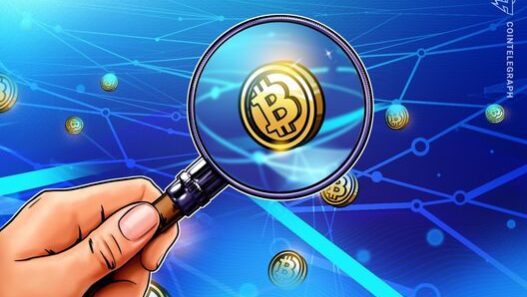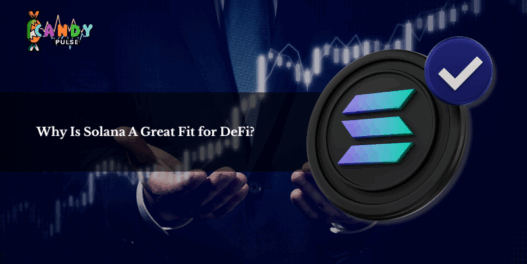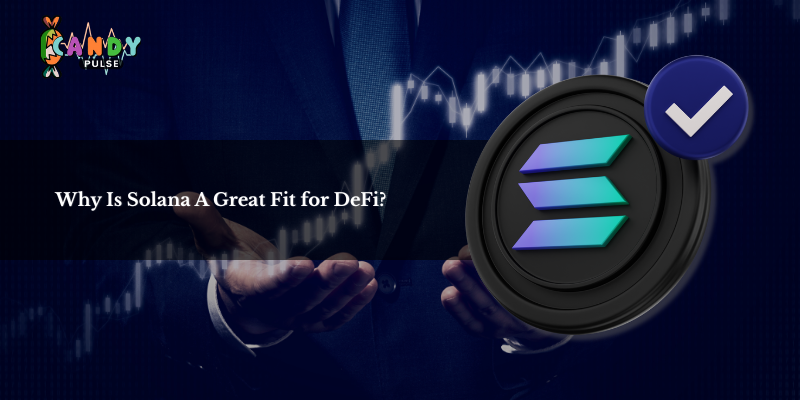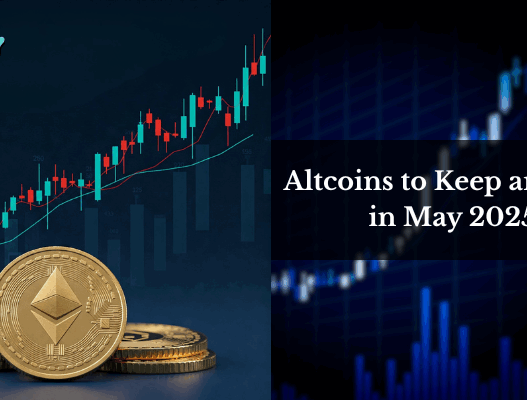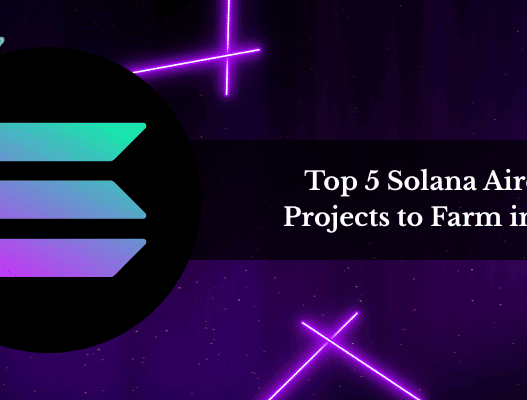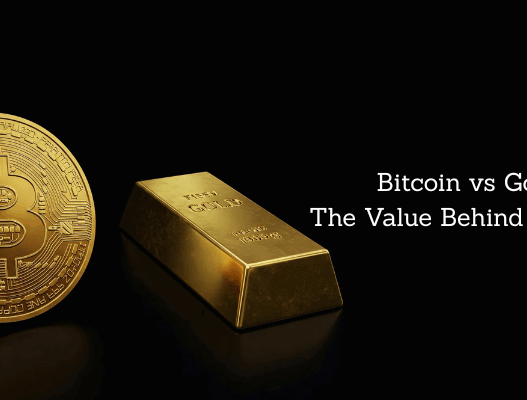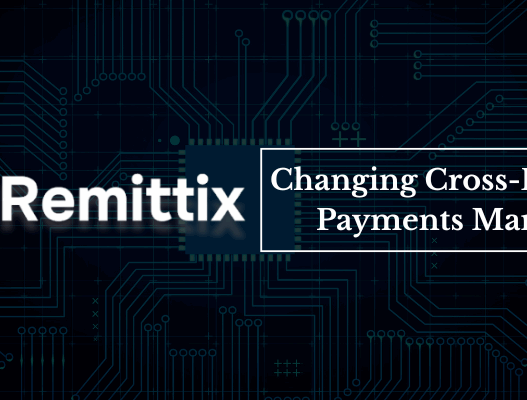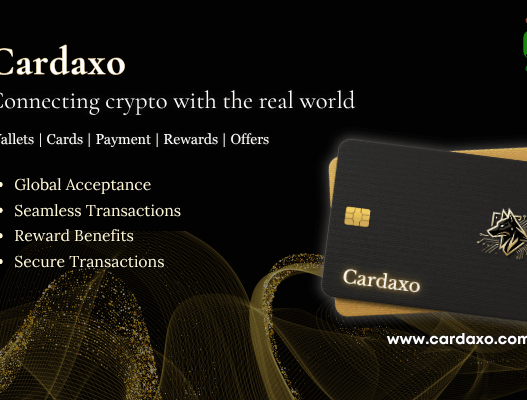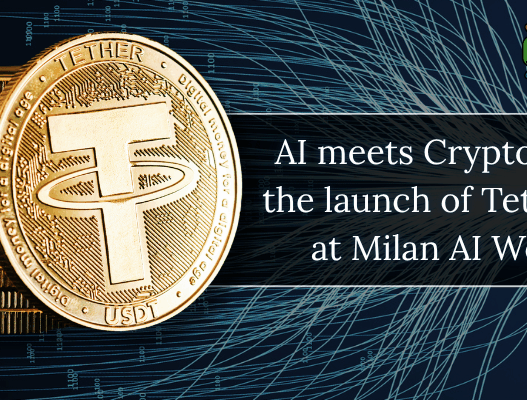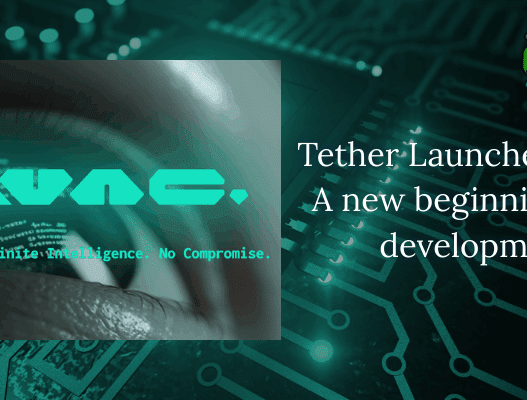Why Is Solana A Great Fit for DeFi?
Are you too thinking about buying Solana (SOL) but in a fix for how and where? It’s simple. Pick a crypto exchange, add funds, and hit “buy.” That’s your starting point. It’s simple and secure. However, the real excitement comes after the purchase.
Ethereum is one of the most popular smart contract platforms, yet it can only handle about 15–30 transactions per second. It slows down and gets expensive during rush hours.
On the other hand,during similar rush hours, Solana can handle over 50,000 transactions per second. And the fees they charge? Well! It’s often less than a penny. In DeFi, where every second counts, this makes a huge difference.
Now the question arises, why is Solana so fast and so inexpensive? Actually, there are two things that make Solana special, one is its Proof of History. This adds a timestamp to every action before confirming the transaction and keeps things moving quickly. Another is Parallel Processing. Most blockchains process one transaction at a time, however, Solana can handle many at once. It’s like having 50 checkout lanes open at a store.
This way your trades happen in real-time, not minutes later when the price has changed. Also, you don’t have to deal with failed transactions when the market moves fast.
Another thing that makes Solana unique is OPOS, which is “Only Possible on Solana” which is more than just a slogan.
Let’s understand through state compression for example. Normally, blockchains store everything on-chain itself. That takes up a lot of space and drives up costs. Solana solves this by storing just a fingerprint of the data and not the entire thing. This way it’s fast, secure, and keeps the chain lean.
Next, we have DePINs, these are the projects that connect blockchains to real-world infrastructure. For example: Let’s say we have two options –
Helium which runs a global network of wireless hotspots for Internet of Things (IoT) devices and
Render which lets people share unused GPU power for heavy computing tasks like 3D rendering; Now if these systems rely on fast and low-cost transactions. If every action cost a few dollars, they simply wouldn’t work.
Solana’s DeFi world isn’t just a copy of Ethereum. It brings real-time speed and low cost to everything. Solend lets you borrow and earn interest, with changes happening instantly. Raydium and Orca offer token swaps with real on-chain order books and this is something Ethereum struggles with. Mango Markets and Zeta let advanced traders buy options and futures with super-fast execution.
In short Solana offers access to the tools that usually only big investors get on traditional finance platforms.
Now all the pleasantries do not make Solana perfect. It still has fewer users than Ethereum. Some of its features are still new. Also, like any other blockchain, it faces bugs and legal challenges.
These, however, are normal pain points a blockchain faces while growing. With tools being built to connect Solana with other blockchains, security checks are improving. And most importantly, more developers are building on Solana. That’s a good sign. Because when builders come, new ideas follow. And users follow them.
Concluding it, If you’re interested in where DeFi is going next, Solana definitely deserves a spot on your radar. It’s fast, affordable, and designed for a new kind of finance. The kind which open to everyone.







